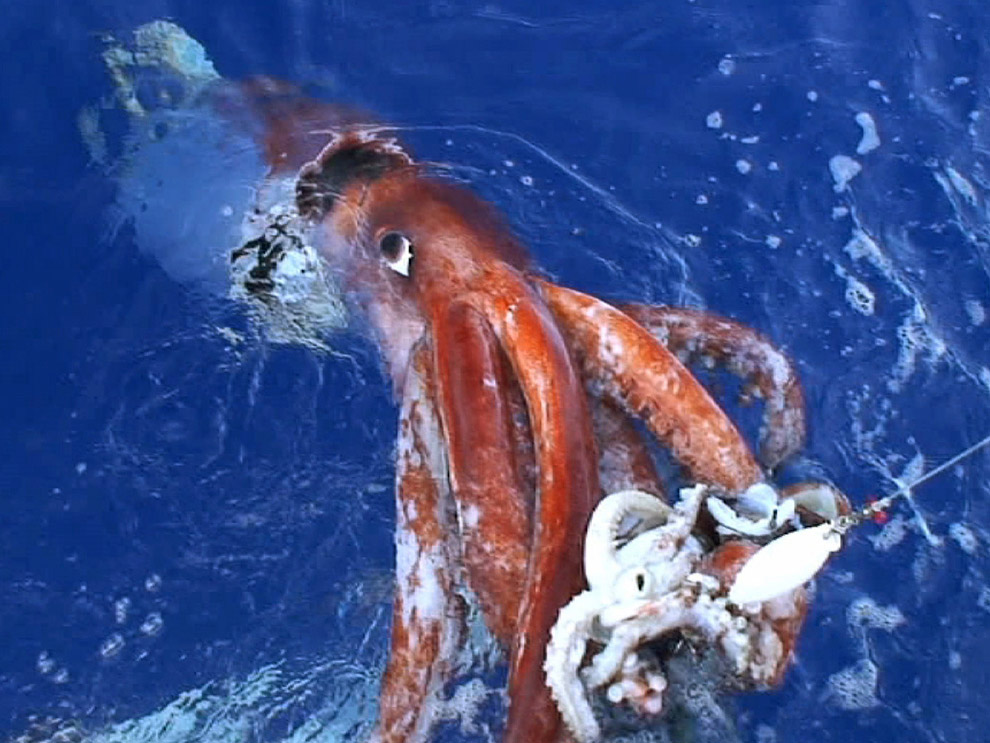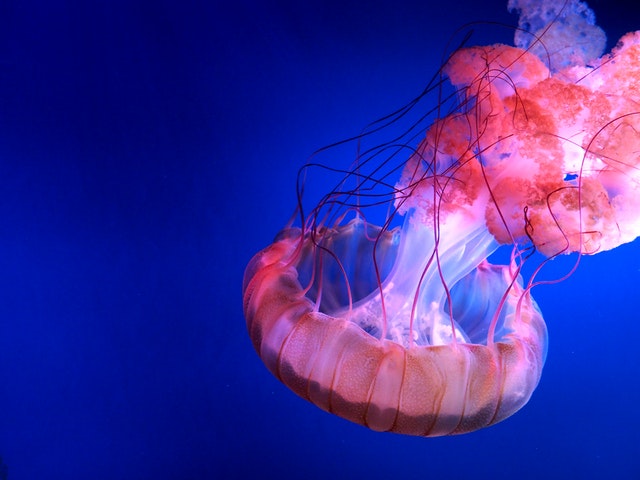Ocean Animal Facts
Ocean covers around 70% of the Earth’s surface and is home to many species of plants and animals, some of which are still not known to humans. Here are some interesting facts about a few of the incredible creatures that reside in the ocean.
1. Shrimp’s heart is in its head
Shrimp’s heart is located at the base of it’s head. This is primarily to keep it safe because the head part is covered with thick protective substances, thus keeping important organs like brain and heart safe. Shrimps have an open circulatory system which means that they do not have blood vessels and blood flows freely through cavities.
2. Great White Sharks are the largest predatory fish
On average Great White Sharks are 4.6m long. However, some have been measured at 6m as well!
They are fast swimmers and can swim at over 60kmph. They have 300 triangular teeth arranged in upto 7 rows making them very dangerous predators. They have a strong sense of smell and can detect a colony of sea lions from a distance of 2 miles!
3. Some octopus have blue blood
That’s right! Some octopus have blue blood running through their veins instead of red. The blue colour comes from a copper-rich protein called hemocyanin which carries oxygen to all parts of the body (similar to the function of haemoglobin in human body).
Did You Know that some octopuses can change colour to camouflage themselves, turning blue, gray, pink, brown or green?
4. Squid’s eyes are the largest
Researchers believe the collosal squid’s eyes are the largest of any living creature, measuring over 27 centimetres in diameter – the size of a football!

Read Other Articles in the 10 Interesting Fact Series
5. Blue whale is the largest animal
The blue whale is the largest animal that ever lived and can grow to 90 or more feet and weigh as much as 24 elephants! That’s more than 330,000 pounds (150,000 kg).
Did You Know that male humpback whales found in U.S. waters sing complex songs in winter breeding areas in waters near Hawaii?

6. Octopus has 3 hearts
An octopus has three hearts. One pumps blood through its organs; the two others pump blood through its gills, according to the World Animal Foundation. Their body is soft without any skeleton which enables it to squeeze through very small cracks and crevices.
Did You Know that the mimic octopus can flex its body to resemble more dangerous animals, such as eels and lionfish?
7. Bowhead whales have a long life
Bowhead whales are the longest-lived mammals. They are a type of baleen whales that live in the Arctic and can live upto 200 years. The killer whales can live upto 100 years.
8. Corals are animals
Though they look like plants, corals are in reality animals, being most closely related to jellyfish and anemones. Coral reefs are home to almost 25% of the marine species. They are the largest structures on Earth of biological origin. Coral reef systems are naturally colourful because of the algae that is usually present
Australia’s Great Barrier Reef is the largest reef system in the world, and can be seen from outer space
9. Electric Eels can produce electricity to light up 10-12 bulbs
Producing electricity is a defence mechanism for electric eels. Electricity-producing organ takes 80% of their body. Since eels have poor eyesight, they generate low-level electric charge (up to 10 volts) that helps them see their surrounding and locate a prey.
10. Jellyfish do not have brain or heart
Yes, you read correctly. Jellyfish do not have a brain and neither do they have a heart! Instead of a brain, they have a basic nervous system – a nerve net – which helps them sense environment changes and respond accordingly. They don’t need a heart for providing oxygen throughout their body. Their gelatinous body can do it through diffusion.
Did You Know that Jellyfish predate the dinosaurs by hundreds of millions of years
Read 10 Interesting Facts About Jellyfish


I absolutely loved this. Anything to do with facts is brilliant. You’ve inspired me
LikeLike
Thank you 🙂
LikeLike